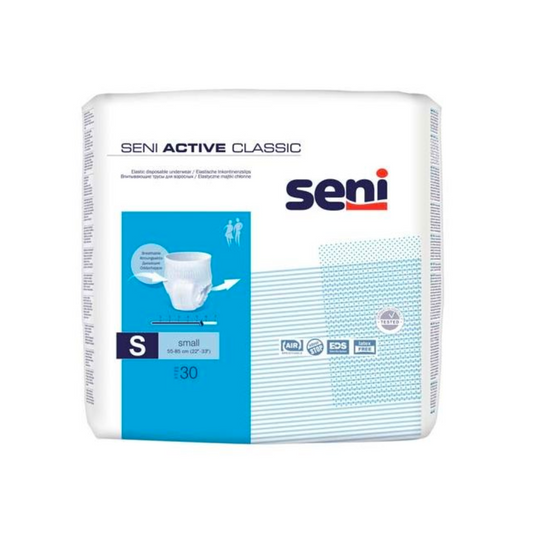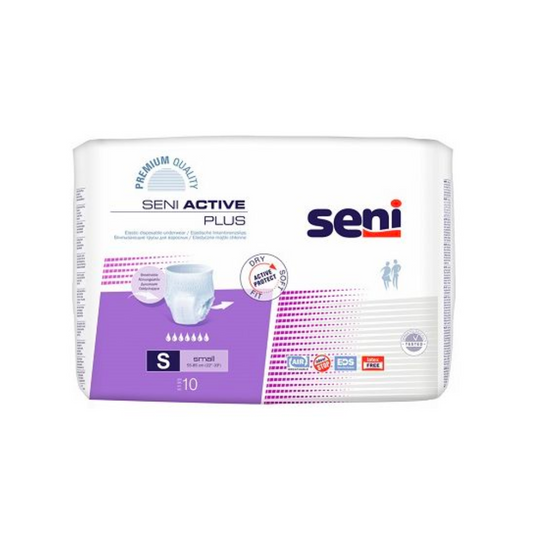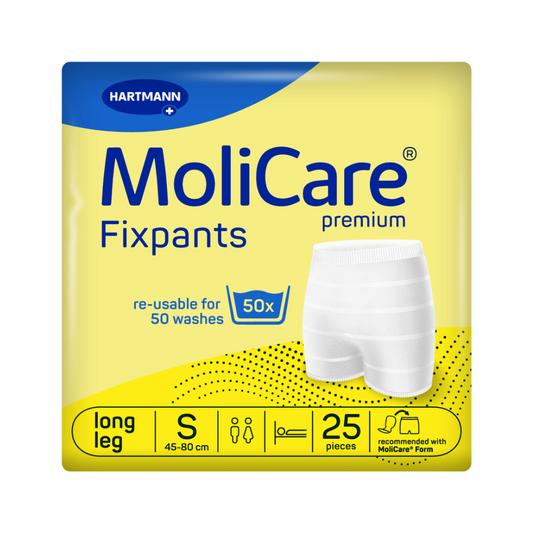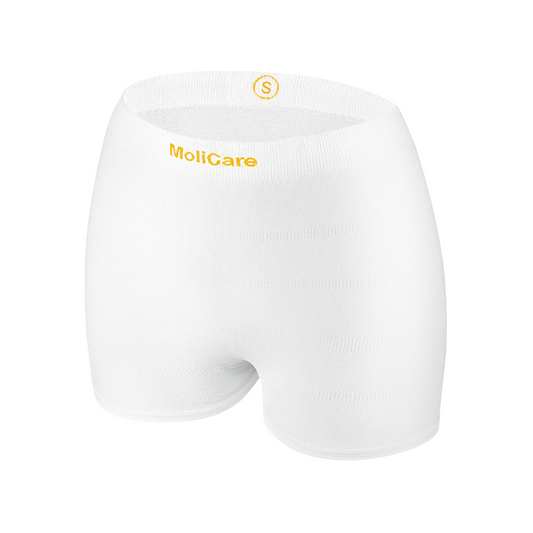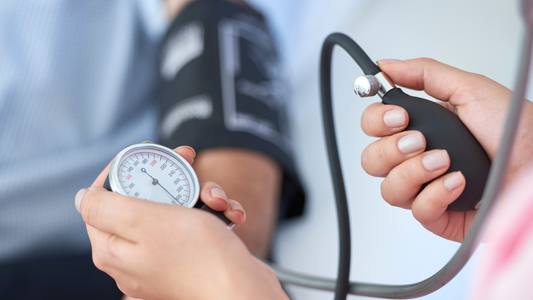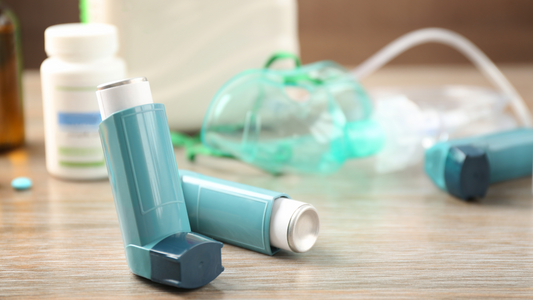
Affenpox and their global distribution: what you need to know now
A new infectious disease ensures concern worldwide: the monkey quits, once limited to some regions in Africa, have spread across continents within a very short time and shaked the global health landscape. What do we really know about this disease that suddenly moves so close to our everyday life? Which transmission paths must be observed and how dangerous is the virus actually for the population in Germany and beyond? At a time when the spread of infectious diseases accelerates, it is crucial to have well -founded knowledge in order to take effective protective measures. Learn what the latest knowledge about the monkey quits and how each individual can help to minimize the risk of further spread.

What is the origin of the monkey compartment virus?
The name "Affenpox" (English: Monkeypox) comes from the virus, which was first discovered in 1958 at laboratory monkeys that were considered research purposes. It is a zoonotic virus, which means that animals can be transferred to humans. However, monkeys are not the primary source of the virus. In nature, rodents, such as squirrels and rats, are the more likely hosts of the virus. The name therefore refers to the context in which the virus was first discovered, and not to the natural host of the virus.
The monkeys attracted global attention in 2022 when the disease spread in several countries outside of the usual endemic regions (mainly West and central Africa). Recent reports indicate that the spread in these countries has slowed down, partly thanks to increased health measures, vaccinations and better public education about dealing with the disease. The World Health Organization (WHO) and national health authorities have continuously published information to monitor and control the distribution.
Which areas are affected by the MPOX virus?
In recent decades, the geographical spread of MPOX has been limited to certain African regions. But in recent years, international trips and trade with exotic animals have contributed to the fact that the virus has also occurred in other parts of the world. The outbreak of MPOX in 2022, which recorded cases in Europe, North America and other regions outside of Africa, is particularly worrying.
The World Health Organization (WHO) and other health authorities have caused the spread in non-ending countries to monitor the situation intensively. Several cases have been reported in Germany since 2022, which illustrates the need for increased surveillance and prevention measures. This situation underlines the importance of global cooperation in order to contain the spread of MPOX and prevent future outbreaks.
How is the monkey compartment virus transmitted?
MPOX is a zoonotic disease, which means that the virus can be transferred to humans by animals. It is believed that rodents, especially croissants and rats, are the natural hosts of the virus. The transmission takes place through direct contact with infected animals, the blood, body fluids or skin lesions. In Africa, transmission is often carried out by consuming wild animals that carry the virus.
In the case of human-to-human transmissions, the infection is mainly through close physical contact with infected people, for example through contact with body fluids, skin lesions or contaminated materials such as bed linen. Transfer can also take place via droplet infection if a person has close, longer contact with an infected person, for example in one household. However, droplets infection is less efficient than with diseases such as flu or covid-19, which slows down the spread.
Another risk is the vertical transmission from mother to child during pregnancy, which can lead to complications or even miscarriages. The possibility of transmission through contaminated surfaces is also examined, although this is considered less frequently.

What symptoms occur in infection with the MPOX virus?
MPOX typically begins with general symptoms such as fever, headache, muscle pain and pronounced lymph node swelling, which distinguishes the virus from the classic smallpox. These initial symptoms usually occur 7 to 14 days after exposure and last about 1 to 3 days. After this phase, a characteristic rash develops that begins on the face and then spreads to other parts of the body, including the palms and soles of the feet. Keep in mind that the rash may be Difficult places in the body can occur, including mouth, throat, genitals, vagina and anal area.
The rash goes through several stages, starting with flat lesions that develop into papules (sublime bumps), vesicles (blisters filled with liquid) and finally pustules (lesions filled with pus). These pustules finally crust and fall off, which is typically the case 2 to 4 weeks after the symptoms begin. In most cases, the disease heals without a specific treatment.
Although most of the cases of MPOX mild run, severe courses can occur, especially in children, pregnant women and immunocompromised people. Complications can include secondary bacterial infection of skin lesions, pneumonia (pneumonia), sepsis (blood poisoning) encephalitis (meningitis) and miscarriages in pregnant women. Deaths are rare, but occur in severe cases, especially among the central African virus shops.
Do I belong to the risk group?
Certain population groups have a higher risk of severe MPOX disease. This includes:
- Investigative persons: People with a weakened immune system, existing autoimmune diseases, for example through HIV/AIDS, organ transplants or chemotherapy, have a higher risk of serious complications.
- Children: Infants and infants in particular are more susceptible to serious illnesses and complications.
- Pregnant women: An infection during pregnancy can have serious consequences for the fetus, including miscarriages or an innate infection.
- People with skin diseases: People with existing skin diseases such as eczema or severe acne diseases are also more at risk.
-
Nursing staff Or every person with contact with infected persons:
For this purpose, protective equipment in particular is particularly important in order to protect yourself.
In addition, people in areas with poor health infrastructures in which access to medical care is limited can have an increased risk, especially for secondary bacterial infections.
What protective measures can I take?
The prevention of MPOX focuses on avoiding close contact with infected people and animals as well as compliance with good hygiene measures. Here are some of the most important measures that can be taken to reduce the risk of infection:
- Avoiding contact with wild animals: In endemic regions, direct contact with wild animals, especially rodents and primates, should be avoided. This includes consumption of wild meat, which is considered a main source for the transfer of the virus.
- Protection measures in the care of infected: People who care for an infected person should wear protective clothing, including Disposable and a face and Mouth protectionto avoid contact with body fluids and skin lesions. In addition, infected persons should be isolated to prevent further spread of the virus.
- Hygiene measures: Regular hand washing with soap and water that Disinfection Avoiding the sharing of personal objects such as towels or bed linen are important measures to contain the spread.
- Protection with sexual contacts: Since the virus can also be transferred via close physical contact, including sexual activities, should be avoided in regions with known outbreaks or protective measures.

Which treatment options are available?
There is no specific antiviral therapy for MPOX. The treatment therefore focuses on relieving the symptoms and support of the immune system in combating the infection. This includes:
- Symptomatic treatment: This includes the administration of pain relievers and fever core and the supply of skin lesions to minimize the risk of secondary bacterial infection.
- Fluid: Sufficient fluid intake is important, especially for fever and in patients who have difficulty eating food and liquid.
- Secondary infections: If the skin lesions are signed, the administration of antibiotics may be necessary.
- Inpatient treatment: In severe cases, especially in the case of immunocompromised patients or if complications occur, inpatient treatment may be required. This may include the administration of intravenous liquids, oxygen therapy and intensive care measures.
- Skin care: Avoid scratching your skin. Wash your hands before and after contact with potential skin lesions. Leave the skin open and uncovered. When contacting fellow human beings, protect the lesions with an association to avoid potential infection.

What about vaccination at MPOX?
The smallpox vaccine, which was used until the emissions are used worldwide, offers a cross protection against MPOX because the virus is closely related to the smallpox virus. However, the rock vaccine is no longer routinely administered today. The vaccine is currently Recommended vaccine MVA-BN or LC16 from the WHO. Currently aUslich, people who belong to the risk group are considered for vaccination. A mass vaccination is currently to be dispensed with. Travelers represent a special feature due to the individual risk assessment. The general practice is the most important contact. MPOX vaccines represent a certain protection against infections and are intended to mitigate the risk of serious illness, but there is a residual risk of infecting yourself with the monkey licking virus. According to the WHO, it takes several weeks for sufficient immunity to be built up as a result of the vaccination.
Is another infection possible?
Yes, a new infection with MPOX (monkeys) is theoretically possible, although this is considered rare. After an infection, the body usually develops an immunity against the virus. However, the duration and strength of this immunity has not yet been fully clarified, and in certain cases, especially in the case of immunocompromised persons, a new infection cannot be completely excluded. Further research is necessary in order to understand the likelihood and conditions of another contagion more precisely.
What does the emergency for Germany mean?
The monkeys are strongly reminiscent of how vulnerable our globalized world is compared to newly occurring infectious diseases. What was once considered a rare virus, which was limited to Africa, has developed into a global threat within a few months. The rapid spread and the new findings on the transferability and the mutations of the virus show how important it is to remain vigilant and prepare for the unpredictable. Despite the progress in the development of vaccine and improving public health measures, the situation remains unpredictable. The monkeys not only challenge our health systems, but also our ability to act quickly and determined as a global community. This is an opportunity to draw teaching and better prepare us for the next pandemic that will inevitably come.
The monkeys also showed in Germany how quickly an infectious disease can spread across national borders. After first cases in 2022, health authorities in Germany reacted quickly to control the spread. Thanks to targeted educational work and the availability of vaccines, further infections could be largely contained.
For each individual in Germany, this means that we continue to remain vigilant and take responsibility. Protection measures include avoiding close skin contact with infected people and immediately in medical care in symptoms such as fever, headaches, rashes or lymph node swelling. Vaccination against monkeys is particularly important for risk groups and is recommended by the health authorities. In addition, good hand hygiene, wearing masks in crowded rooms and awareness of the symptoms and transmission paths contribute to preventing the spread of the virus.
The monkeypox pandemic has shown that we all play a role in protecting public health. By informing ourselves about the risks and following simple protective measures, we can not only protect ourselves, but also help to contain and prevent future outbursts.

Where can I find out about MPOX?
If there is suspicion of infection with the monkey kit virus or with questions about the illness, there are several contact persons and contact points in Germany that offer helpful information and support:
- Family doctor or specialist: The first point of contact if you suspect an infection with monkeys should always be the family doctor or a specialist. You can make an initial assessment, examine symptoms and, if necessary, arrange tests or issue a transfer to a specialized doctor.
- Health offices:The local health offices play a central role in monitoring and control of infectious diseases. They offer information on current outbreaks, carry out contact followings and can give instructions on quarantine measures or other medical steps. On the website of the Robert Koch Institute (RKI) you will find a list of health authorities in Germany.
- Robert Koch Institute (RKI): The RKI is the central institution of the federal government in the field of disease monitoring and prevention. The RKI website includes comprehensive information about the monkey quits, including current situation reports, recommendations and scientific knowledge. The RKI works closely with international organizations such as the WHO and also offers recommendations for action for health authorities and the public.
- Federal Center for Health Education (BZGA): The BZGA provides generally understandable information on various health issues on its website, including infectious diseases such as monkeys. They offer materials for clarification and prevention that were specially developed for the general public.
- Hospitals and infection clinics: In severe cases or if inpatient treatment is required, hospitals, especially those with departments for infectious, are important contact points. Some larger clinics in Germany specialize in the treatment of infectious diseases and offer extensive diagnostic and therapeutic options.
- World Health Organization (WHO): The WHO offers global information and updates on monkeys and provides guidelines for prevention and treatment. Your website also contains scientific publications and reports on the development of the disease worldwide.
These points of contact offer a variety of resources and support options for people who are concerned about a possible monkey-decay infection or just want to find out more. It is important to contact trustworthy sources and to follow the instructions of the health authorities in order to minimize the risk of spreading
